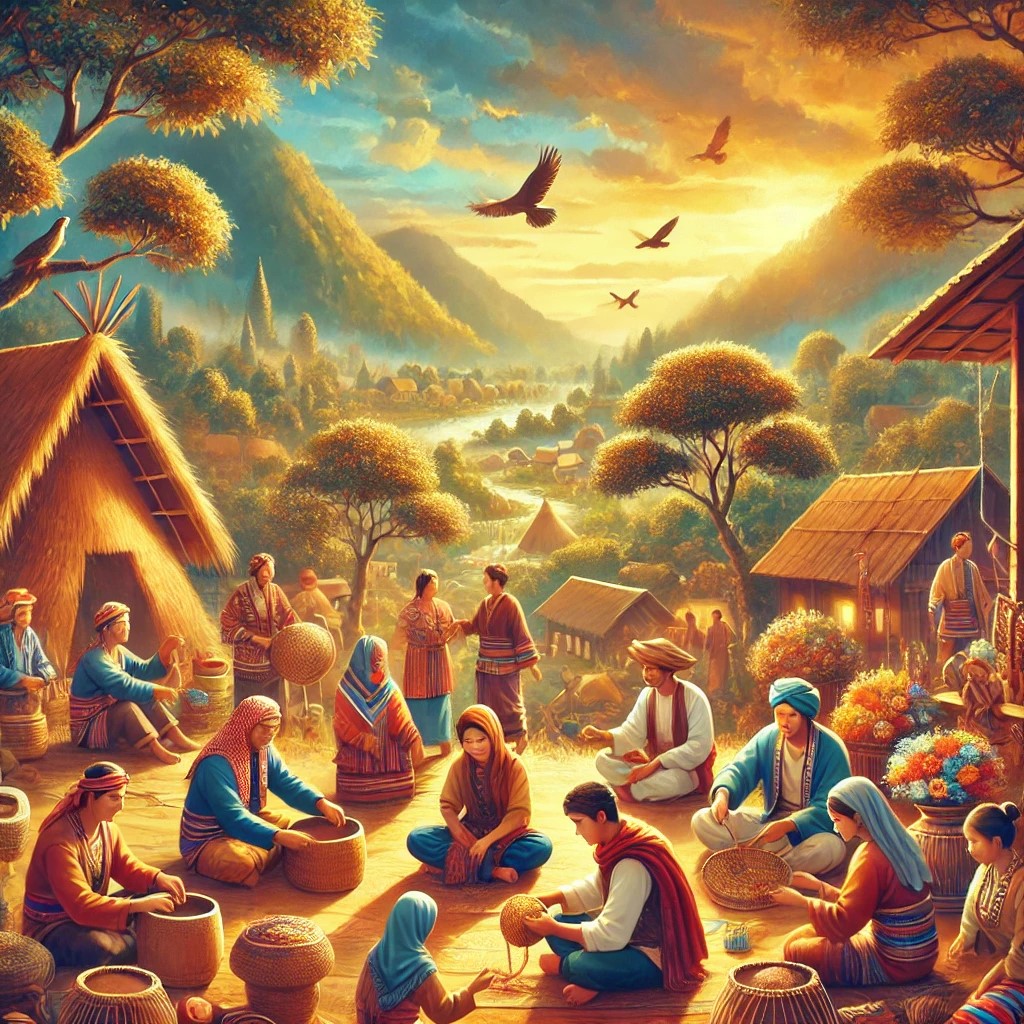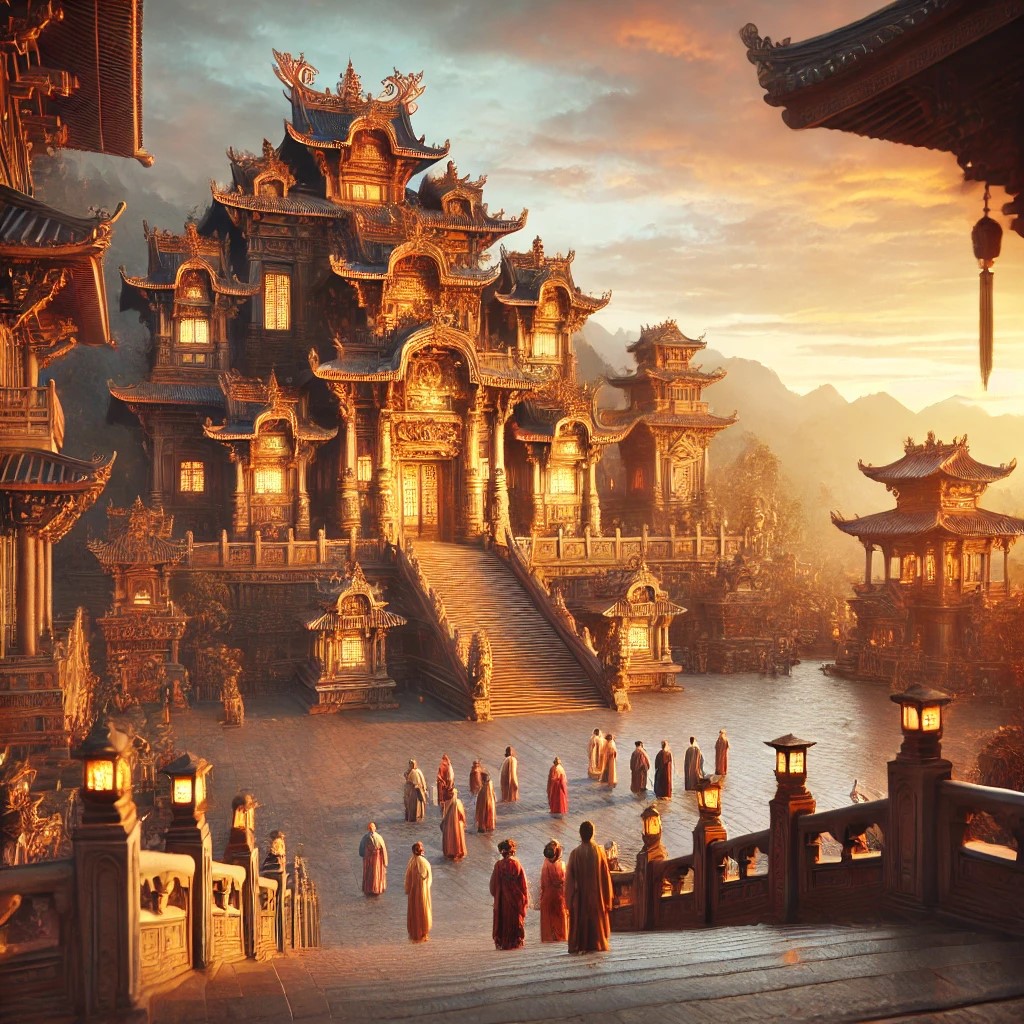Introduction:
Cultural heritage encompasses more than monuments and artifacts; it includes traditions, languages, rituals, and knowledge passed down through generations. In a rapidly modernizing world, preserving cultural heritage allows us to hold onto our identity and values. Here’s why cultural heritage is so vital to our collective history.
1. The Layers of Cultural Heritage
Cultural heritage can be tangible, such as art and architecture, or intangible, such as folklore and music. Both types form the foundation of cultural identity and provide continuity for future generations.
2. The Role of Communities in Preservation
Local communities play a crucial role in keeping traditions alive. By practicing traditional crafts, celebrating festivals, and sharing folklore, they ensure that cultural heritage remains vibrant and relevant.
3. Embracing Heritage for Future Generations
In a globalized world, embracing cultural heritage can foster a sense of belonging and identity. Encouraging young people to learn about their history and heritage helps them build respect for different cultures and histories, cultivating a more inclusive world.



